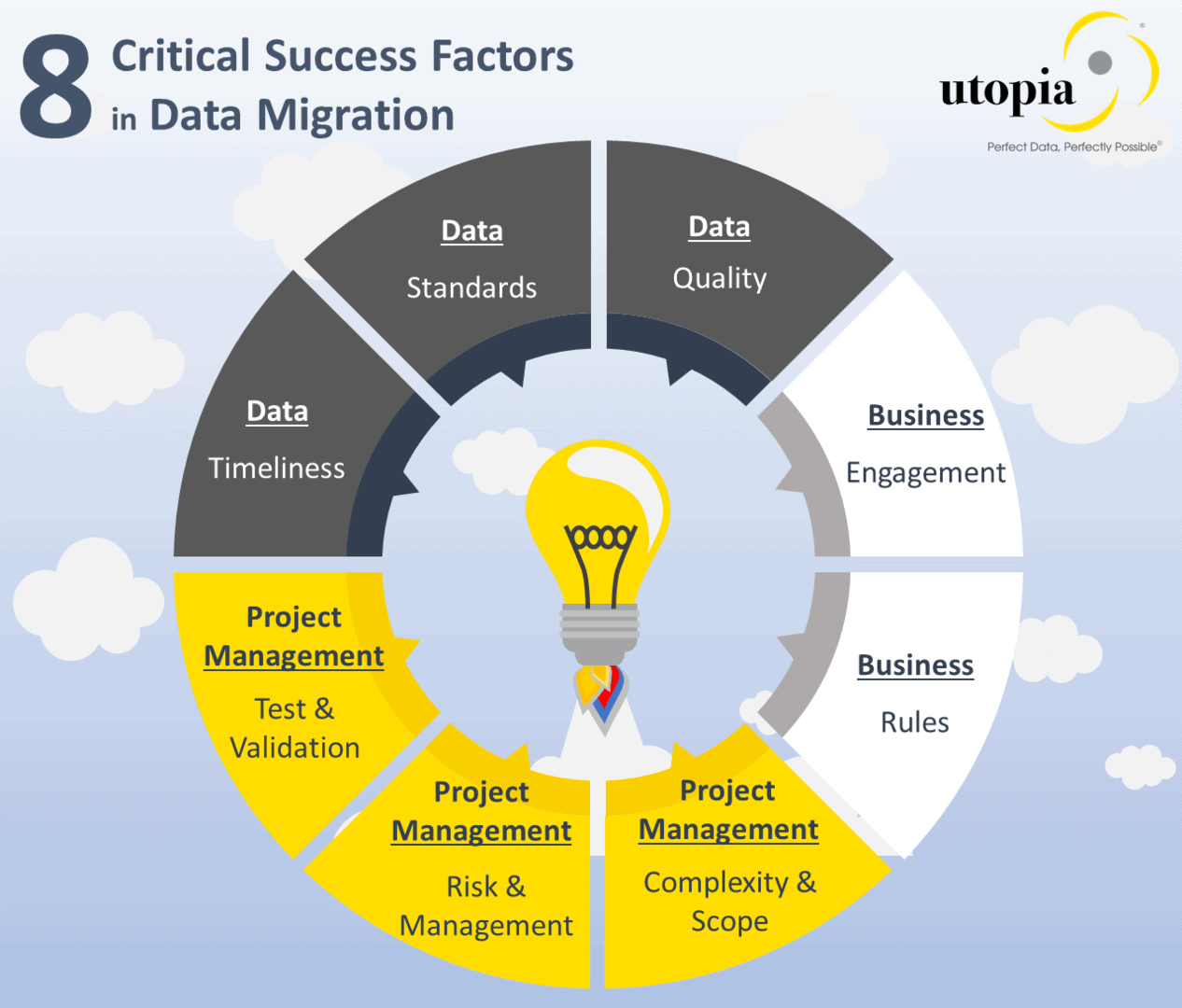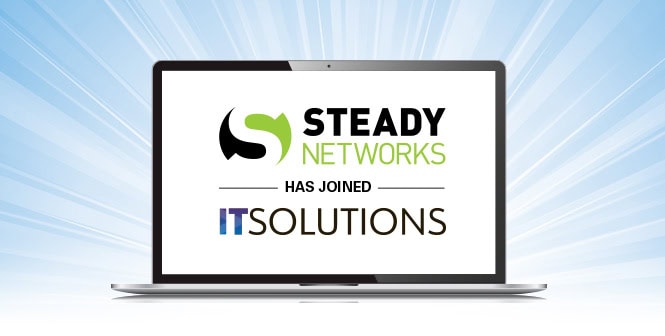As technology evolves at an unprecedented pace, companies must embrace digital transformation to stay ahead, improve business operations , and meet changing market demands.
According to Gartner, 91% of businesses are already involved in some form of digital transformation, while 87% of company executives consider digitization as one of their top priorities.
Data migration from legacy systems is one crucial aspect of digital transformation that allows organizations to transfer legacy data from older systems onto modern cloud-based platforms that offer features such as easier access, better collaboration, and enhanced productivity.
However, the migration of legacy data can be quite complex since it involves different stages that require comprehensive knowledge about both the old and new systems.
In this article, we’ll explore eight crucial steps for the migration of legacy systems , their importance, and their role in ensuring you conduct your legacy system migration effectively.
Considering a Legacy Data Migration for Your Business?Perform your legacy database migration with confidence with Steady Networks. |
The 8 Steps for Successfully Migrating Your Legacy Database
Before you begin migrating legacy systems to new platforms, it’s important to understand that there are multiple steps you must follow in order to avoid costly data loss or migration failure.
To ensure your legacy system migration goes smoothly, we’ve prepared a list of the eight most important steps that are critical to successful data migration from legacy systems .
1. Identify all Existing Legacy Data Points
Before a migration, you need to understand which legacy data will be moved. You should examine and categorize each legacy database , identifying and cataloging all data sets stored in your existing systems .
According to Gartner, an estimated 83% of data migrations fail or exceed their budgets due to poor understanding of the source data.
2. Design Your New Data Model
Ensuring you have a properly designed data model for your new system is crucial. This model should be robust, scalable, and adaptable as your business processes change over time.
It should also ensure that any reads and writes to the database are efficient, minimizing the time consuming task of data conversion during the migration process .
3. Develop a Migration Strategy
A robust migration strategy is critical to ensuring your migration of legacy systems goes smoothly. This strategy should cover any potential risks and include a contingency plan.
A study from Velostrata and Dimensional Research showed that 73% of businesses said that their data migration process would take from one to two years.
Of that amount, 30% said their legacy data migration would take between one and two years, while 43% said their data migration process would take more than two years to complete. This further emphasizes the need for careful strategic planning.
4. Ensure Data Quality
To ensure a successful migration, it’s important to maintain data quality during the migration of legacy systems . This includes verifying the integrity, accuracy, and consistency of your data. Poor data quality can cost businesses up to $15 million annually , per a report from Gartner.

5. Implement Migration Solutions
The choice of migration solutions depends on the legacy software you’re using, the database design of the new system, and the data types in question. There are a wide variety of solutions available, including custom-scripted solutions, ETL tools, and middleware.
6. Migrate Your Data
This step involves migrating legacy systems , including all relevant data, from the legacy database to the new system. To that extent, you should make sure the migration process takes place with minimal disruption to your regular business operations .
7. Test the New System
Once the data migration from legacy systems is complete, you should test the new system. This can be done by comparing output data in the new system with the old legacy system to ensure consistency.
8. Ensure Data Security
During and after your legacy systems migration , data security should be a primary focus. You should always have strong security measures in place to protect your data during the transition and after it’s transferred to the new system.
IBM’s Cost of a Data Breach report found that the average cost of a data breach in 2022 was $4.35 million , emphasizing the need for effective data security.
Interested in learning more about legacy data migration? Check our these blogs: |
Master Your Legacy System Migration With a Trusted Partner
Successful legacy da ta migration requires careful planning and execution, but it’s well worth the effort. It can improve your business’s efficiency, provide better insights, and lay the groundwork for digital transformation.
If your company is considering data migration from legacy systems , you need a trustworthy partner who can guide you through the entire migration process . When you’re ready to take the next step in your digital transformation, Steady Networks is here to assist you.
As a trusted source for legacy systems migration , our team of experts helps you leverage your data to achieve your goals, maximize efficiency, and boost collaboration across your business through the effective migration of legacy systems to new platforms.
If you’re looking for advice and guidance on how you can effectively perform a legacy database migration through our proven migration approach , contact us today to schedule a free consultation with our legacy data migration experts.
